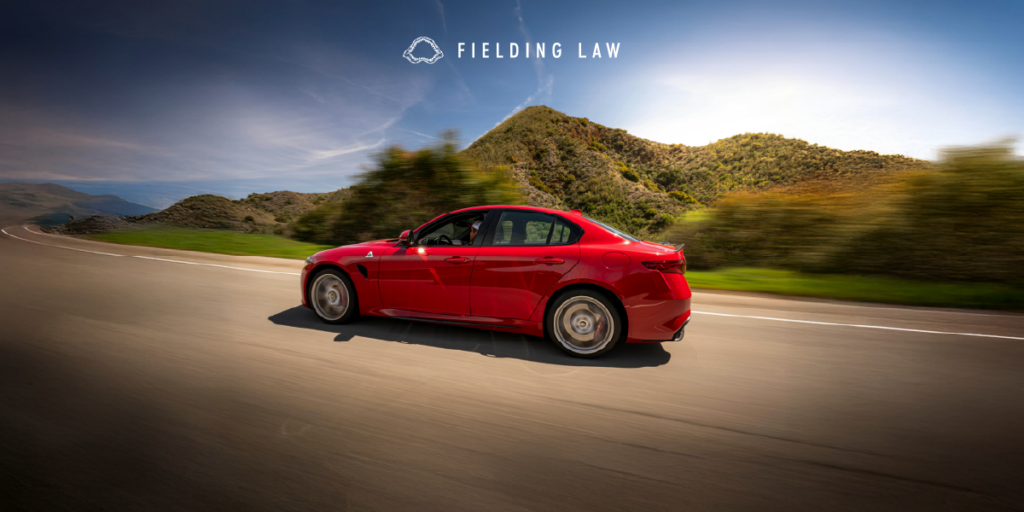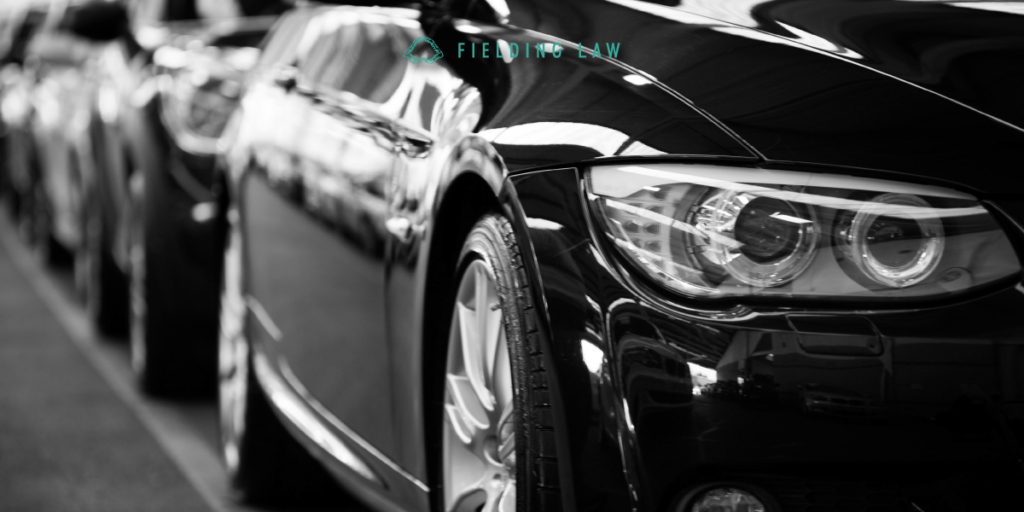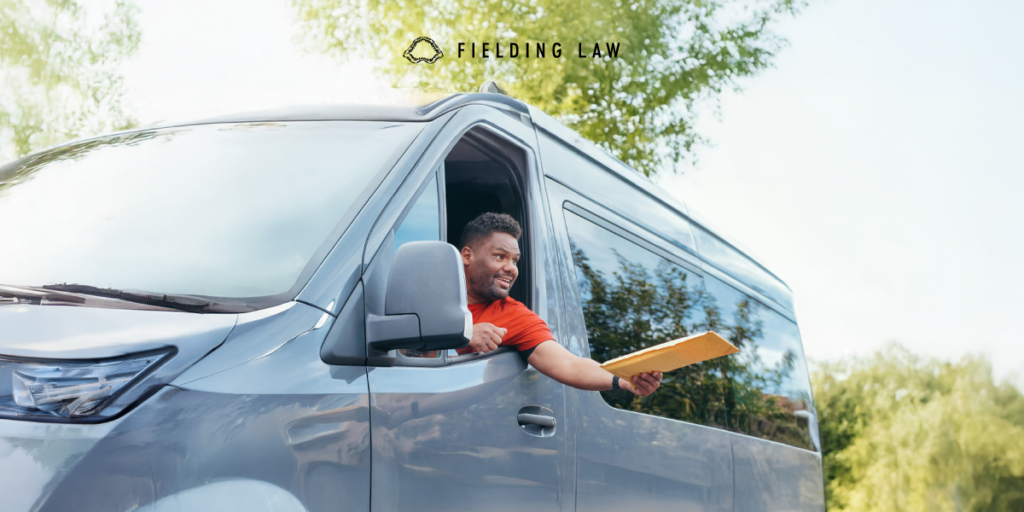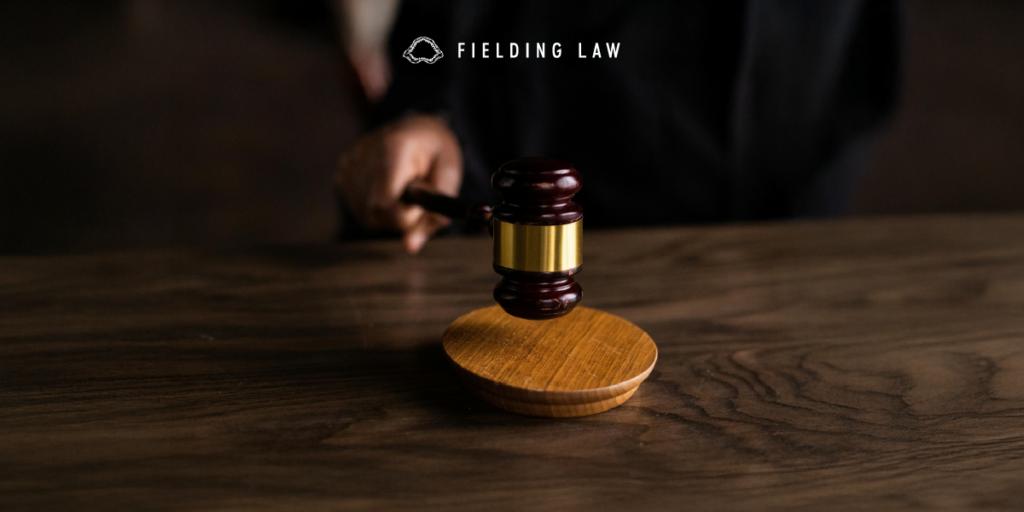
What Is a Plaintiff?
A plaintiff is the person who files a lawsuit. In personal injury cases, this is usually someone who has been hurt due to someone else’s negligence. At Fielding Law, we represent plaintiffs—the people who have been injured and are seeking justice and compensation for what happened to them.
Examples of plaintiffs:
-
A driver hit by a distracted motorist
-
A bicyclist injured by a reckless driver
-
A child hurt because of unsafe playground equipment
-
A pedestrian struck in a crosswalk
The plaintiff is the one bringing the case to court or filing a claim to recover damages like medical bills, lost income, and pain and suffering.
What Is a Defendant?
A defendant is the person, company, or entity being sued. In a personal injury case, this is usually the one who caused the harm—or their insurance company.
Examples of defendants:
-
A careless driver
-
A business that failed to fix a dangerous hazard
-
A camp or daycare that did not keep children safe
-
A dog owner whose pet attacked someone
The defendant’s goal is to avoid paying or to minimize the amount they have to pay.
What Does Fielding Law Do?
We only represent plaintiffs—people who were seriously injured because of someone else’s actions or carelessness. We do not defend at-fault parties, and we never represent insurance companies. Our job is to stand beside the injured person and fight for what they need to heal and move forward.
We believe in doing what is right. We listen, we build strong cases, and we do everything we can to help our clients recover—physically, emotionally, and financially.
Why Hire Fielding Law?
At Fielding Law, we are known for our kindness, professionalism, and relentless pursuit of justice. We take the time to understand what really happened, how it impacted you, and what it will take to make it right. You are not just another case file to us—you are a real person who deserves to be heard, respected, and supported.
If you have been injured and want to speak with a team who will treat you like family, contact Fielding Law or call 833.88.SHARK today.
Note: Information provided is for educational purposes and does not constitute legal advice. Always consult with a qualified attorney for legal concerns.
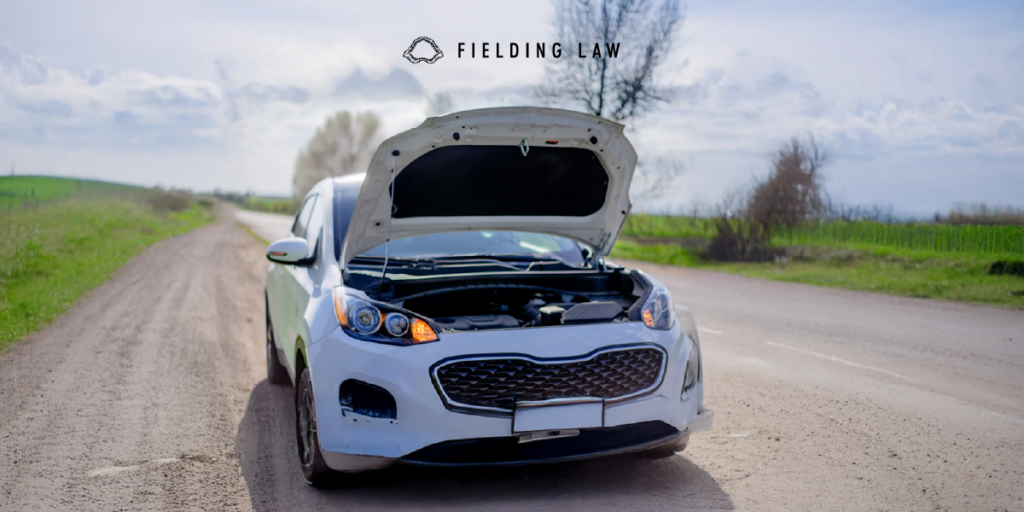
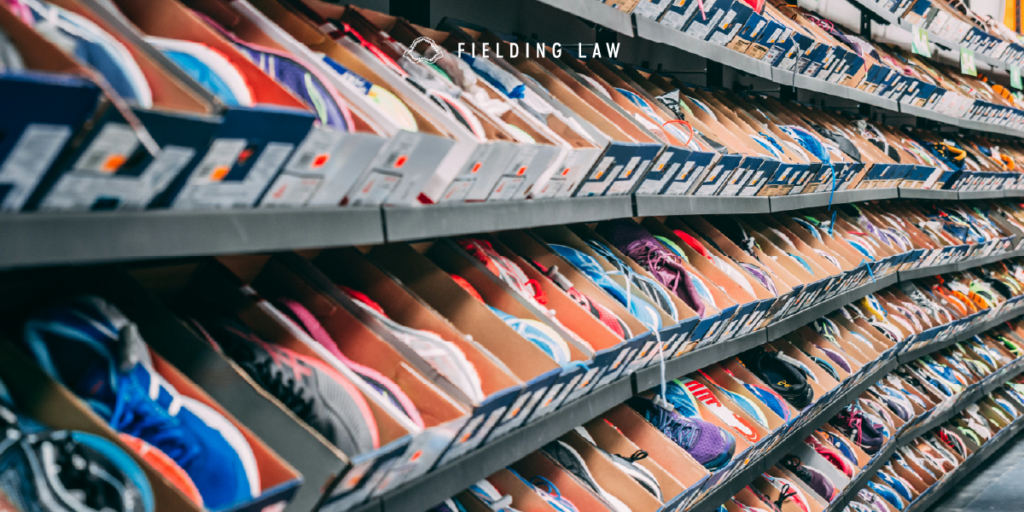

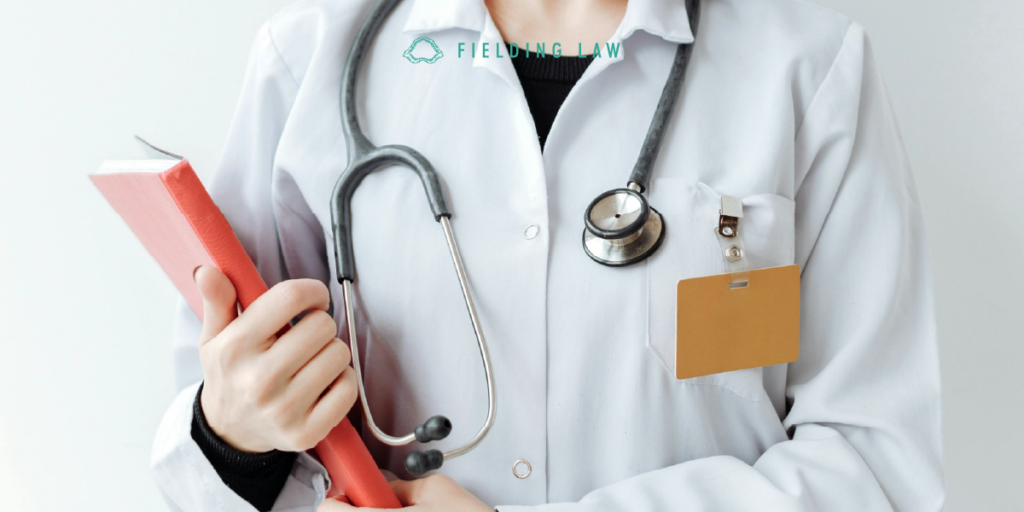
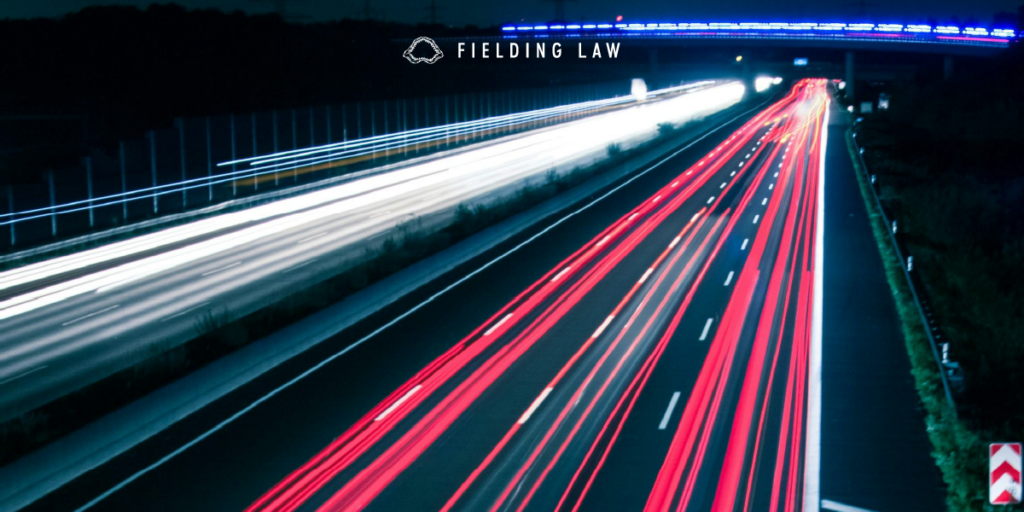
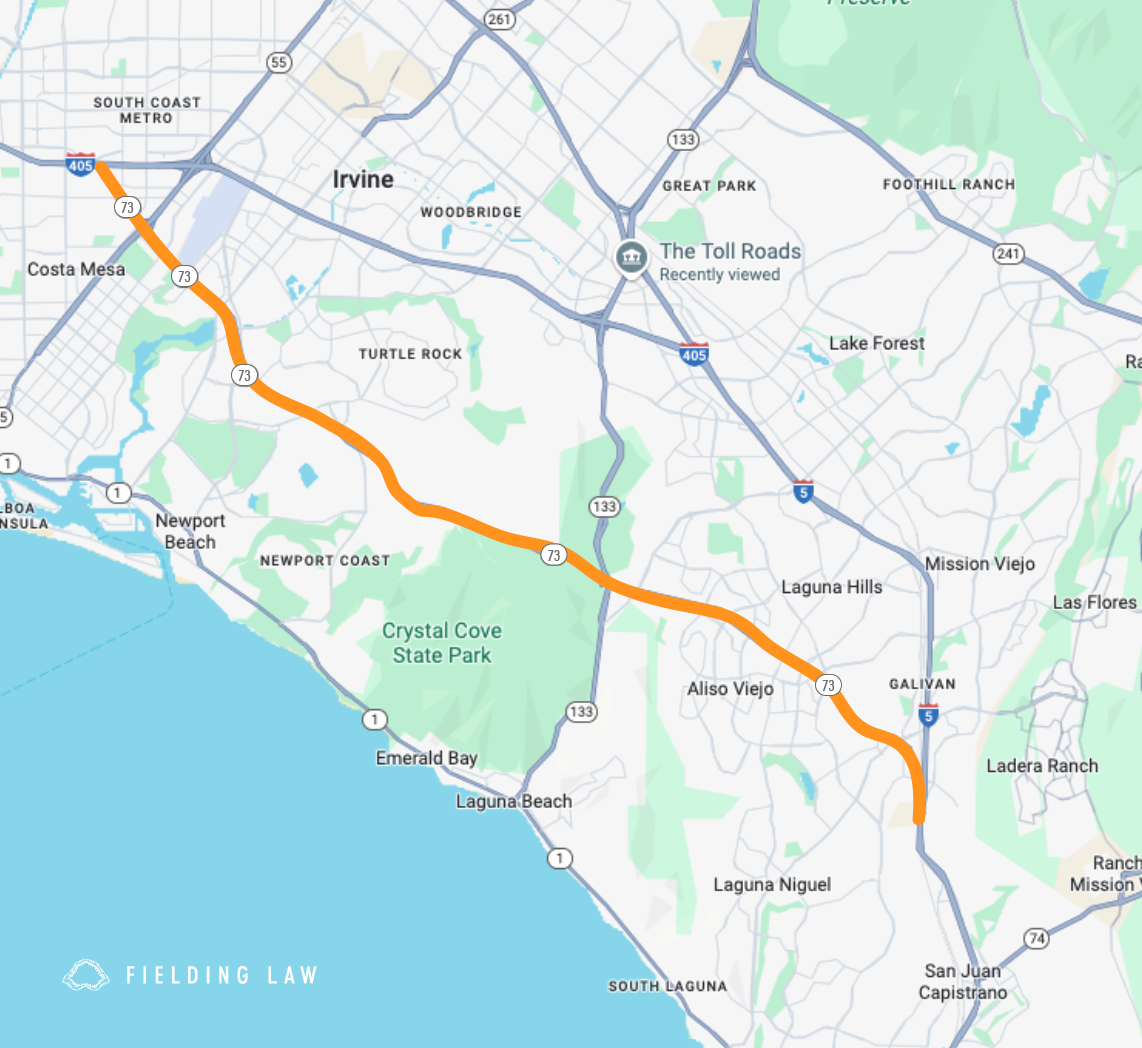 A Growing Problem in Orange County
A Growing Problem in Orange County